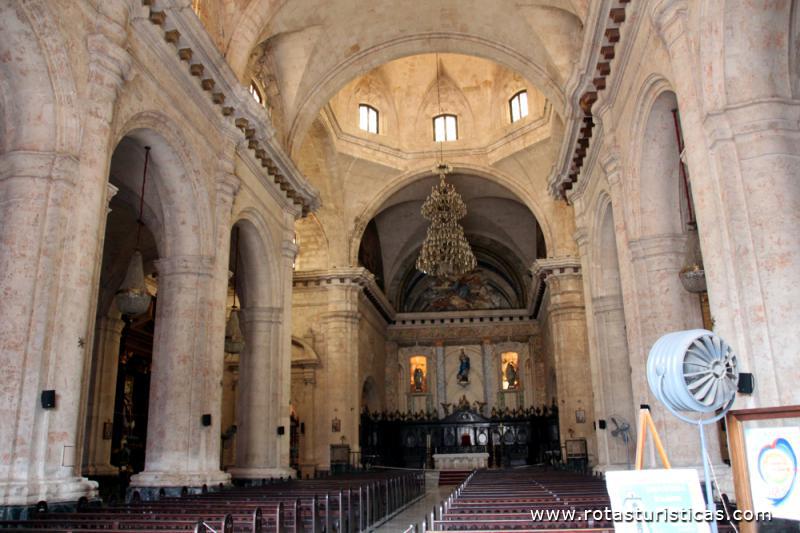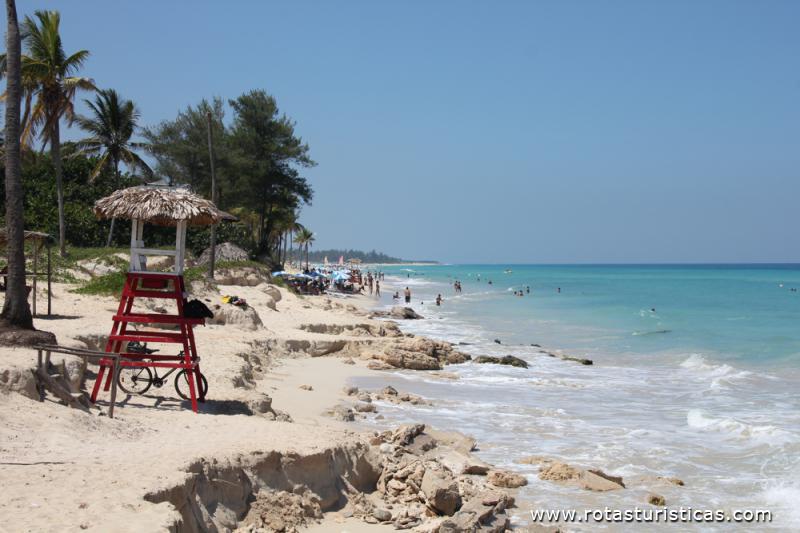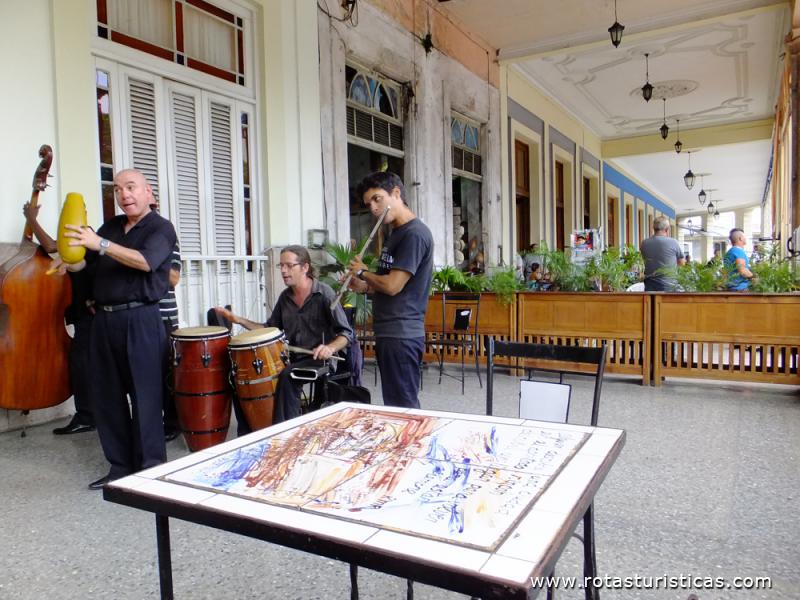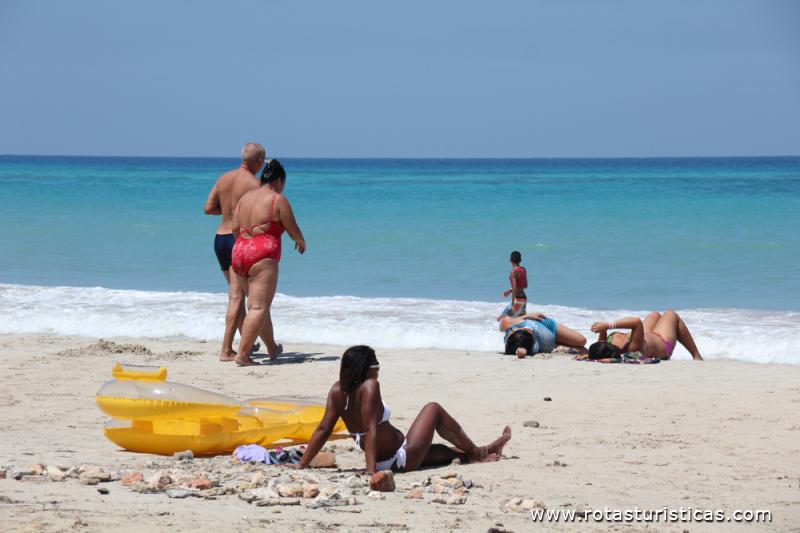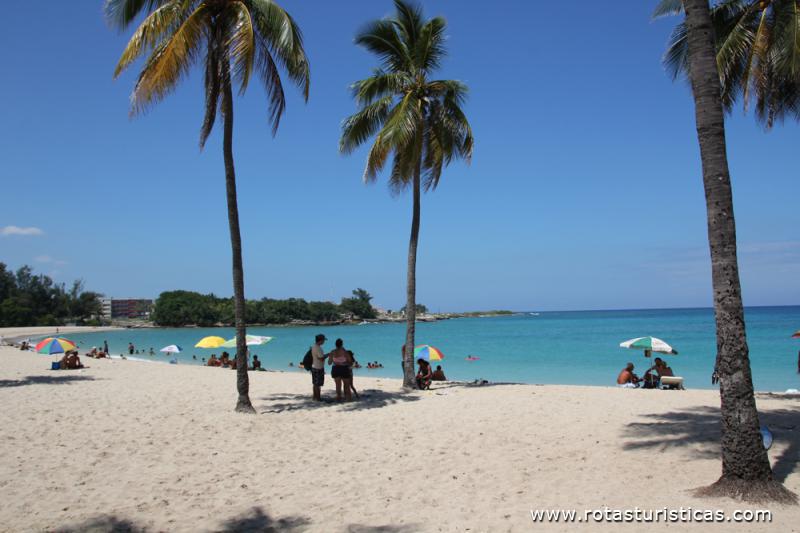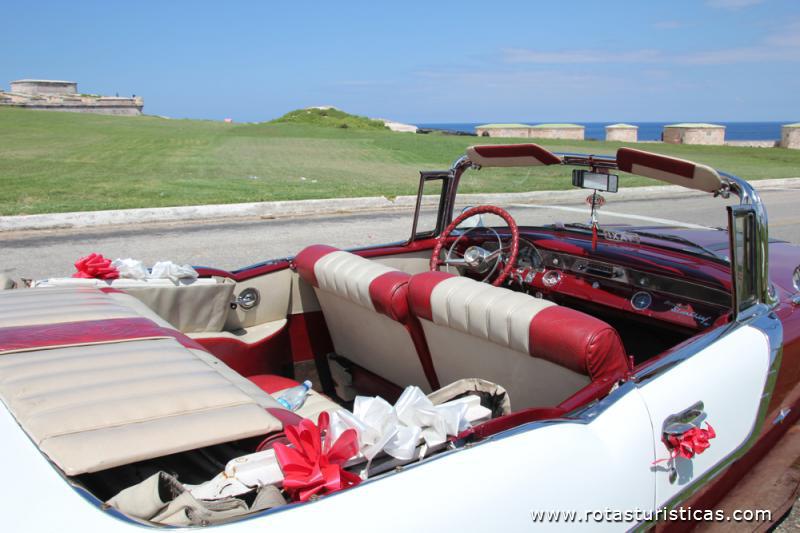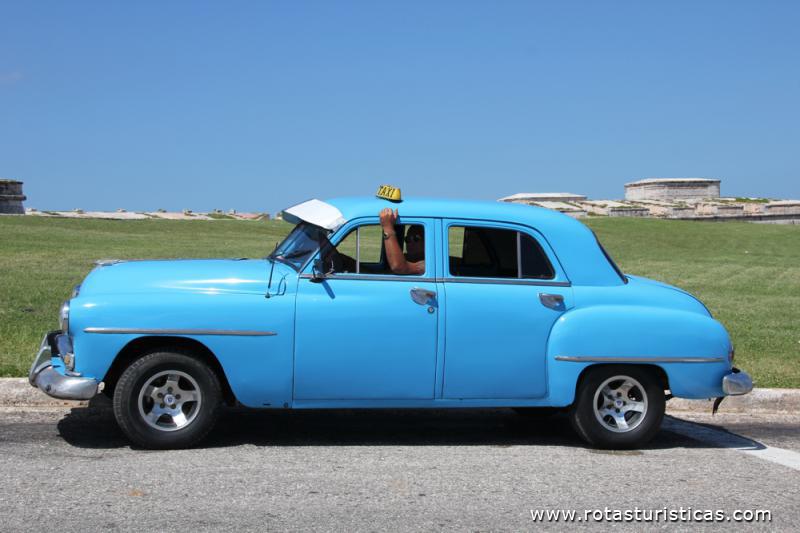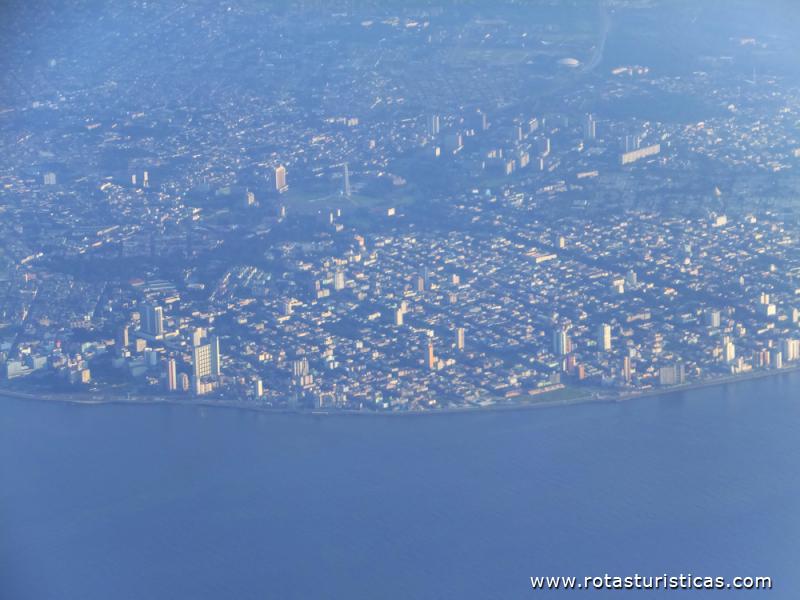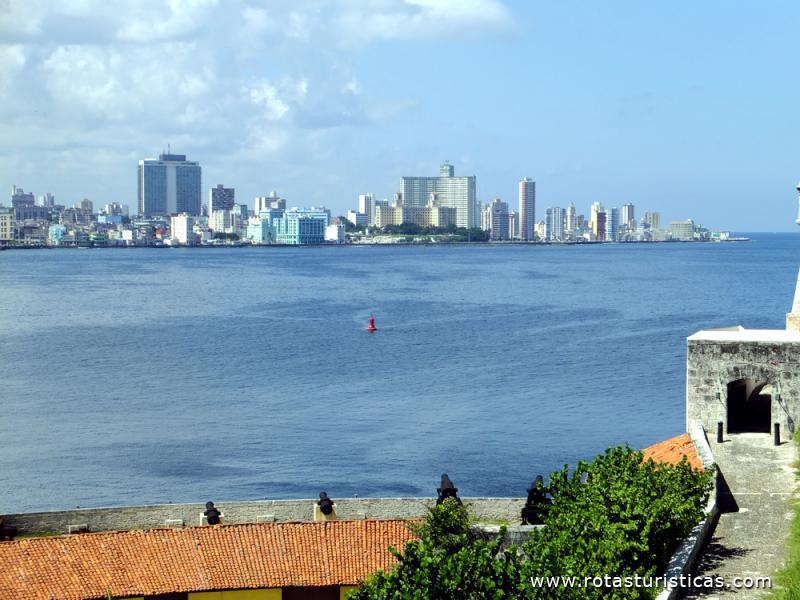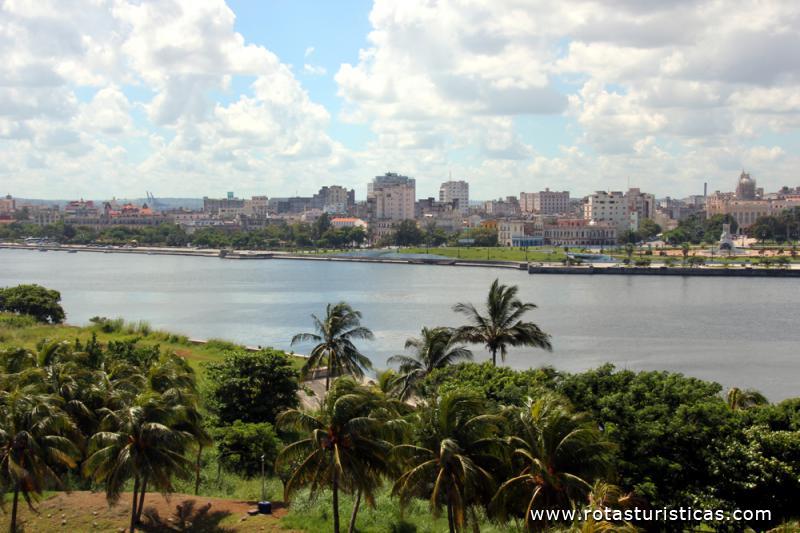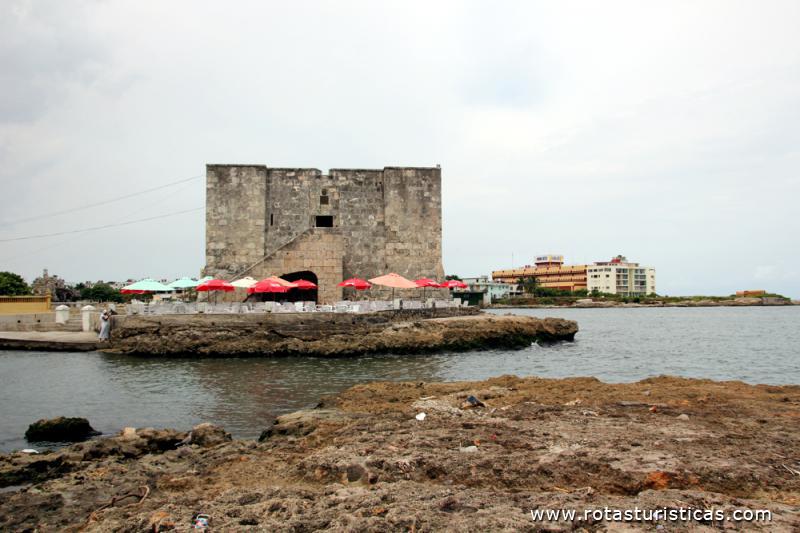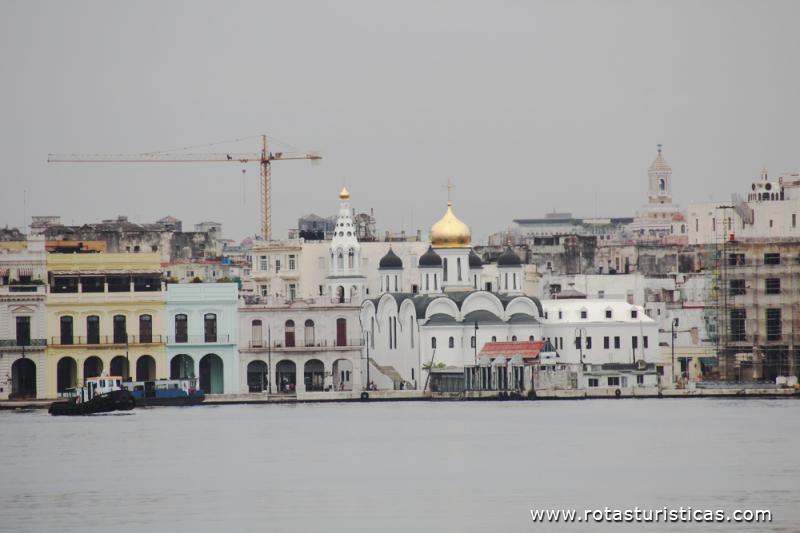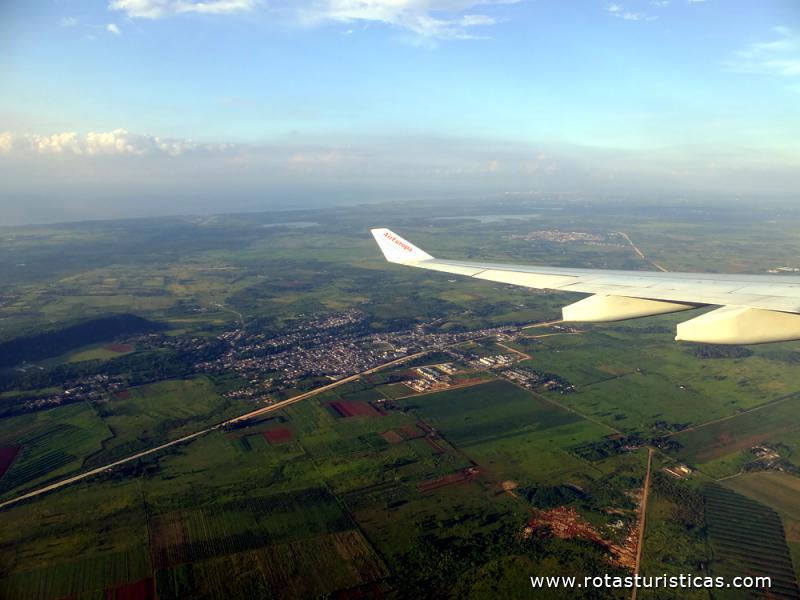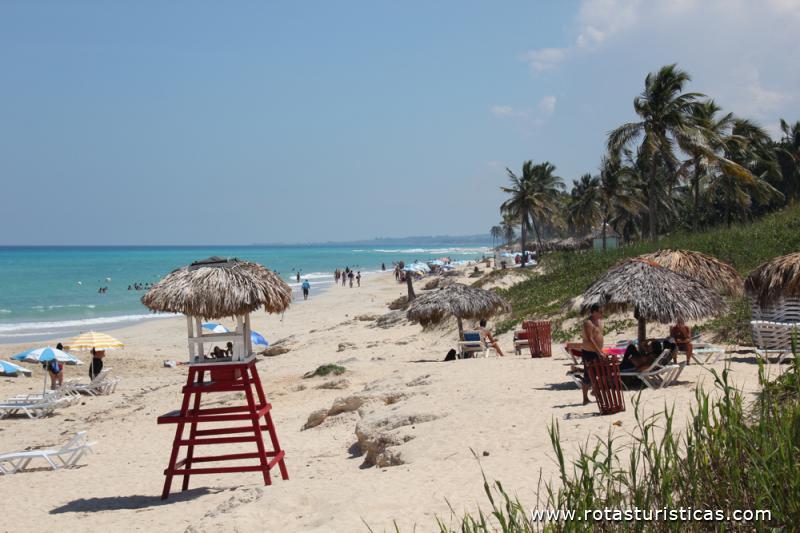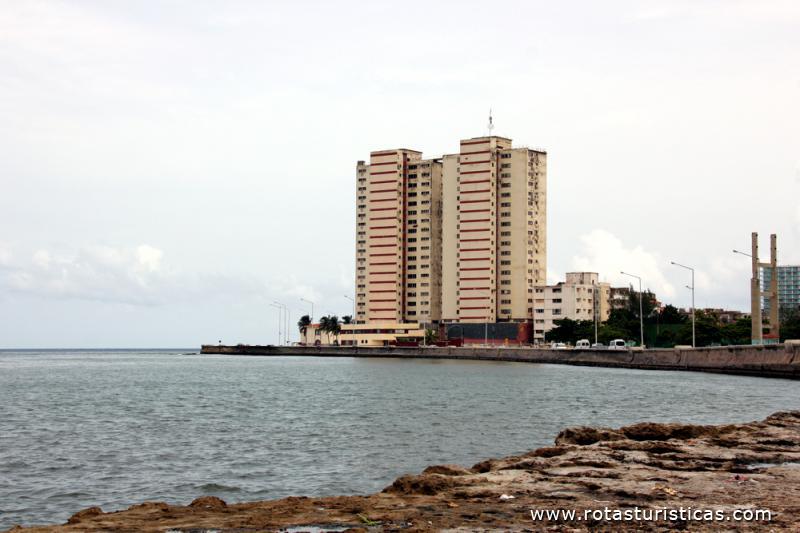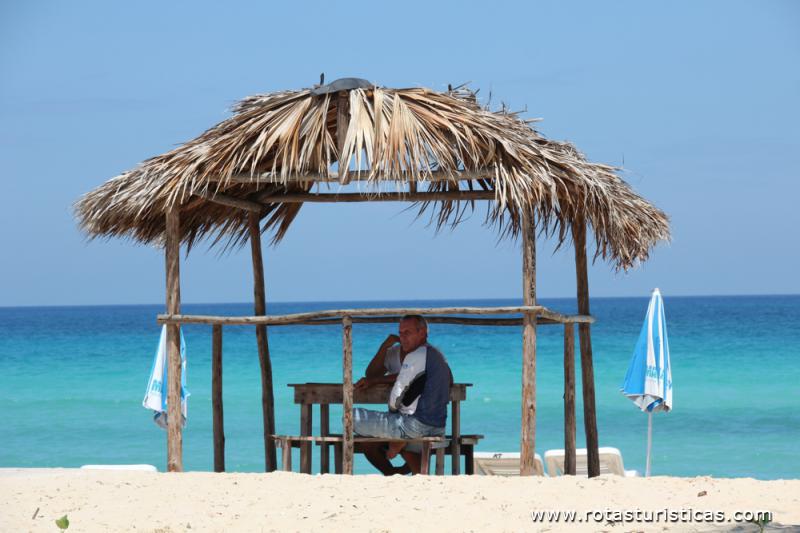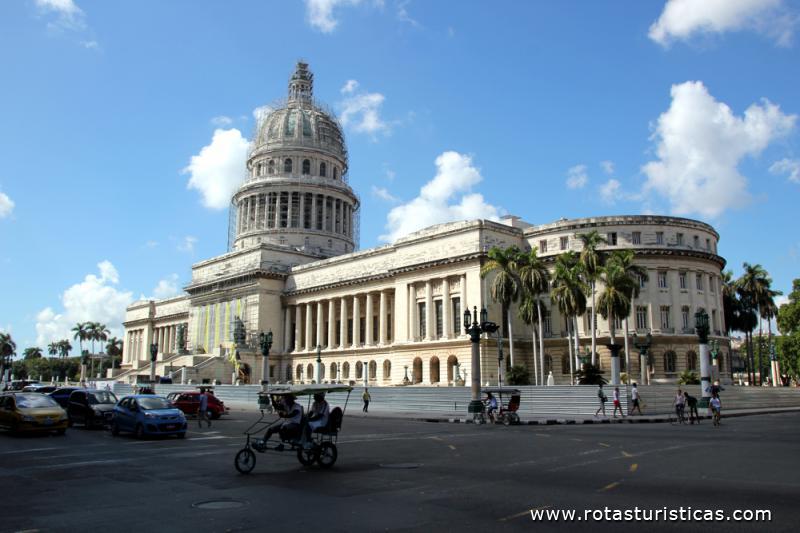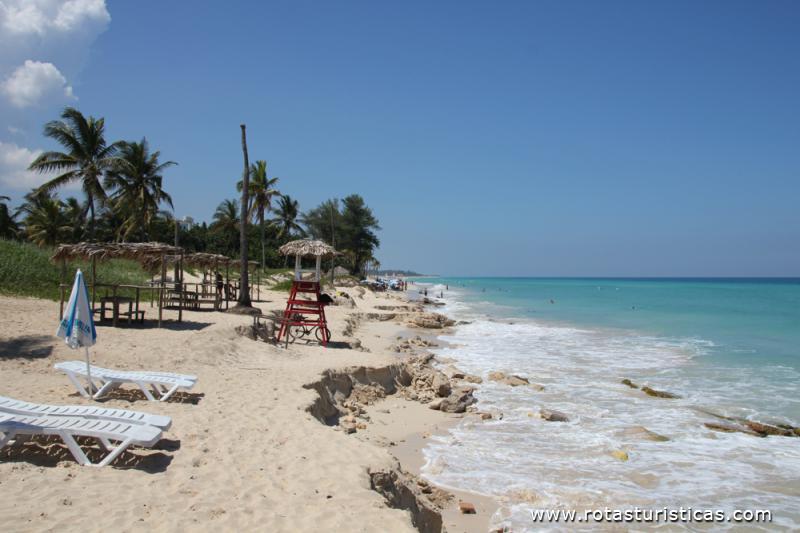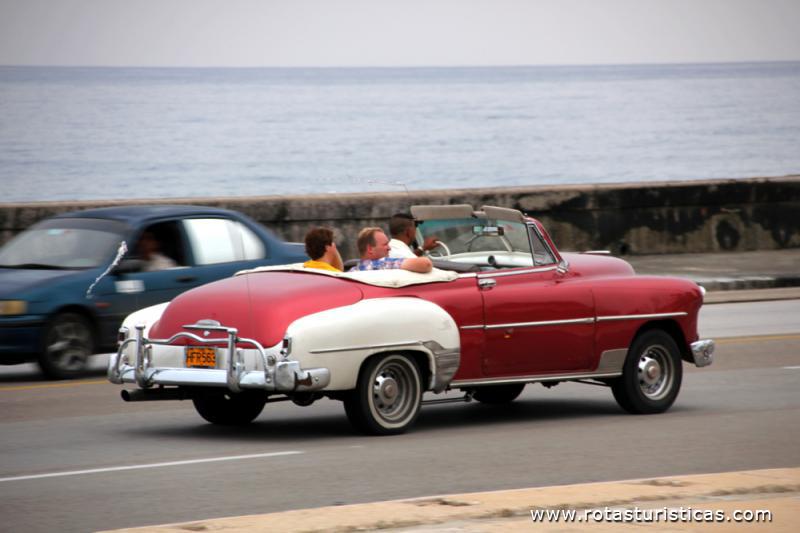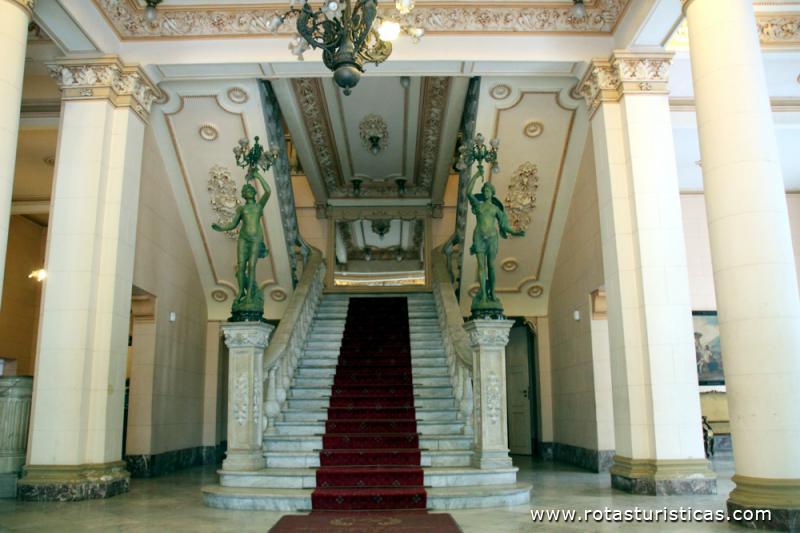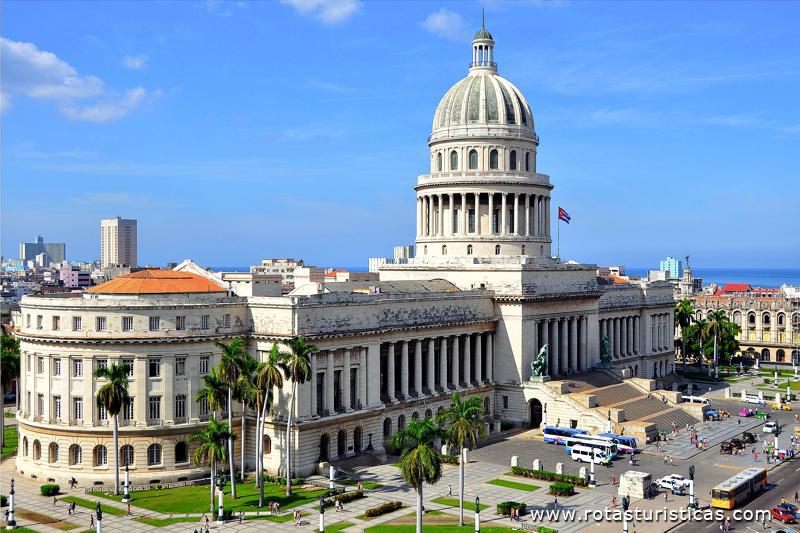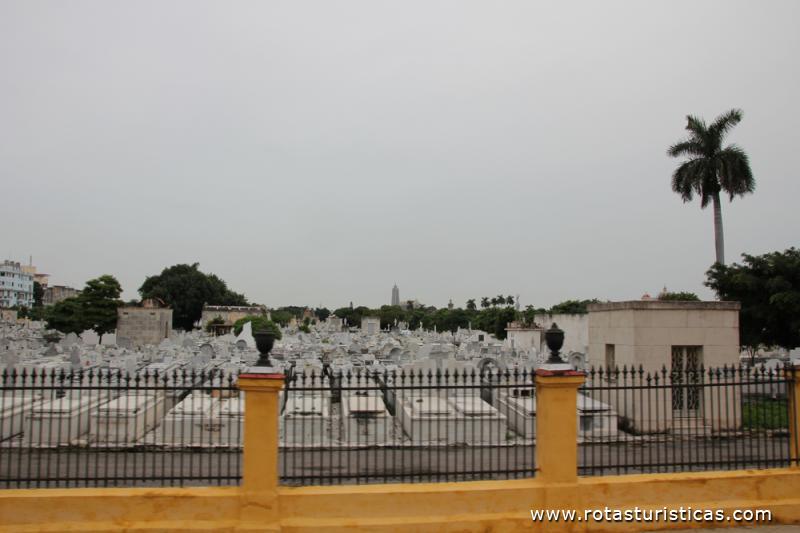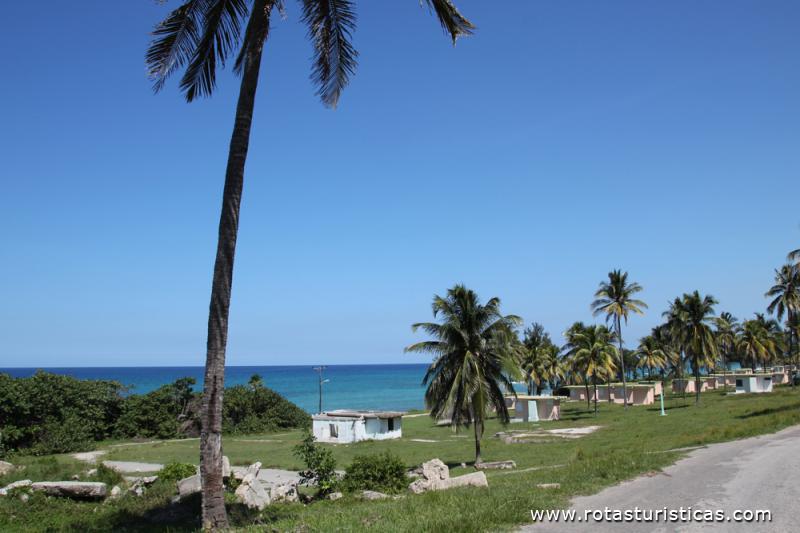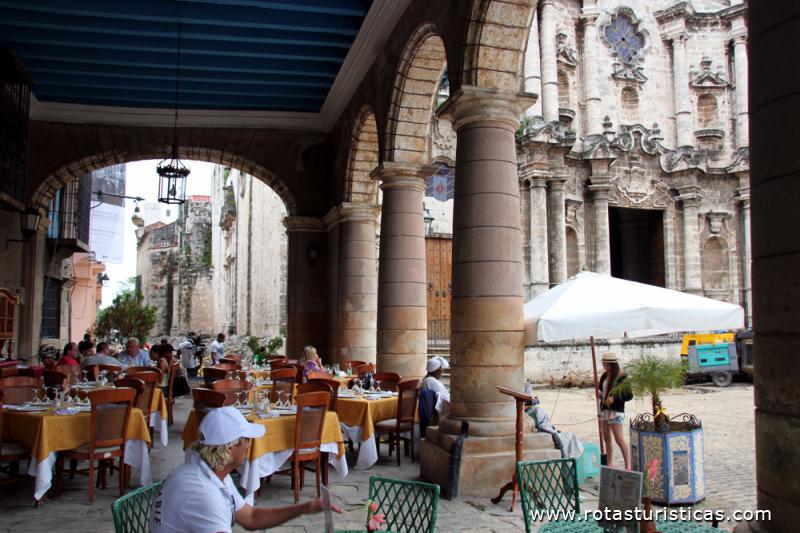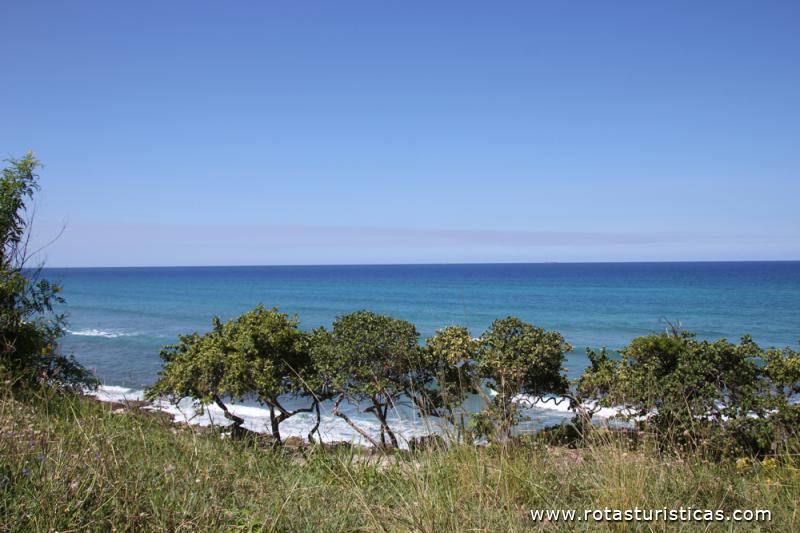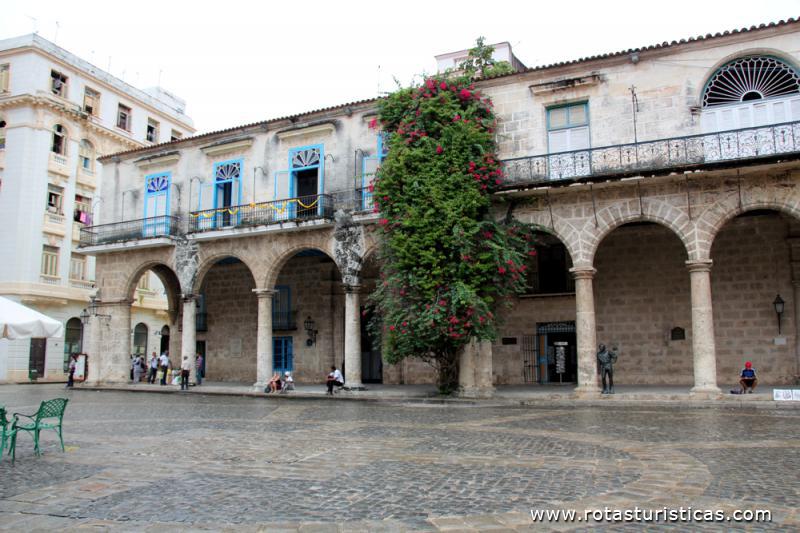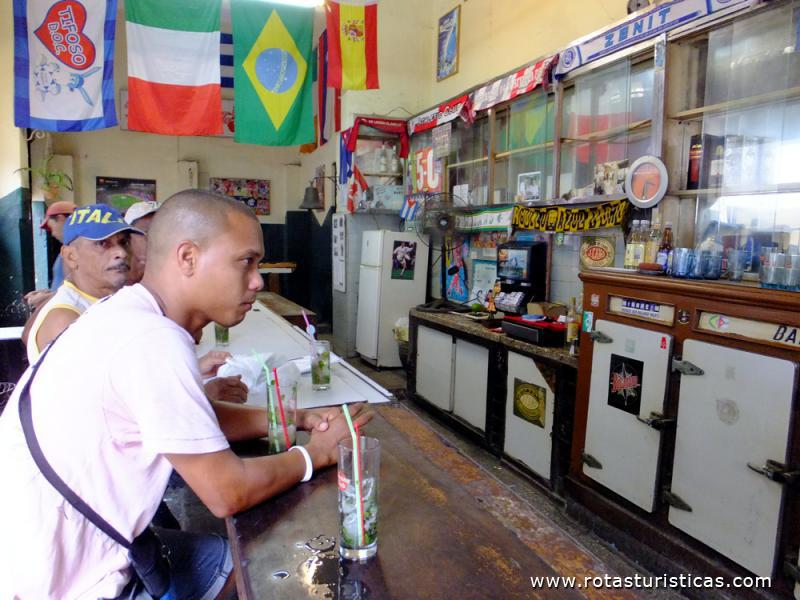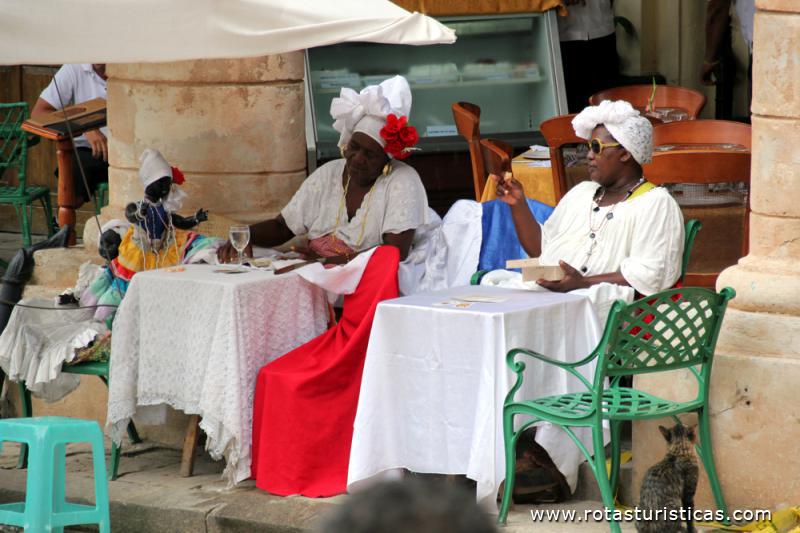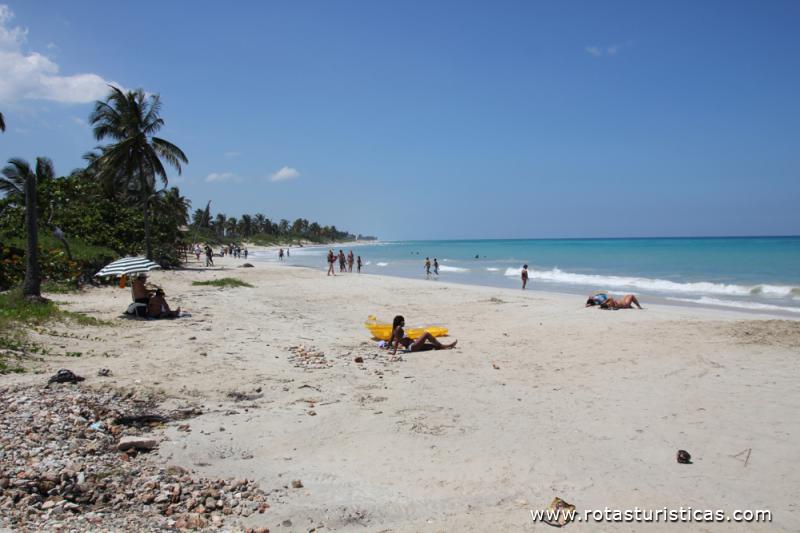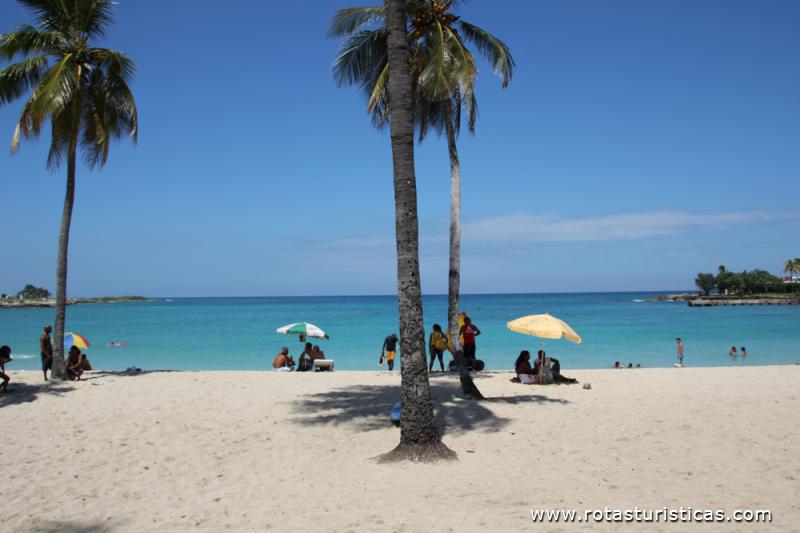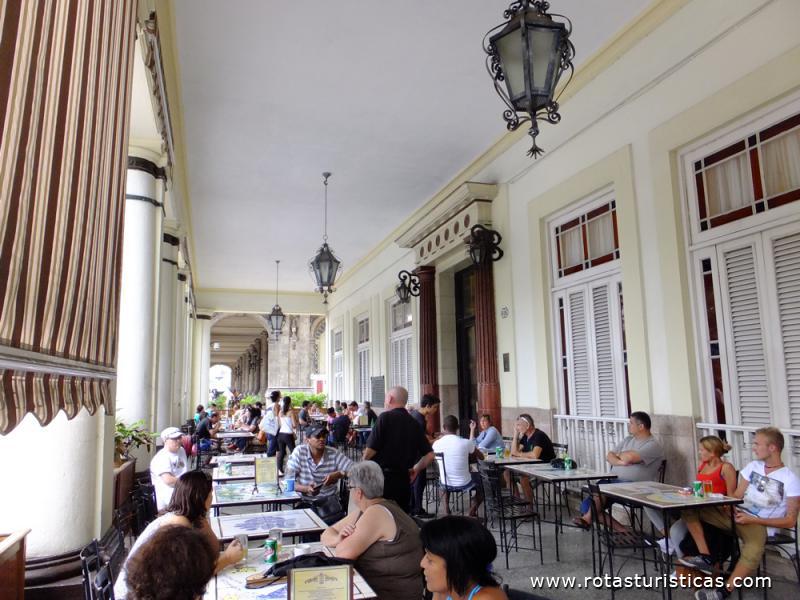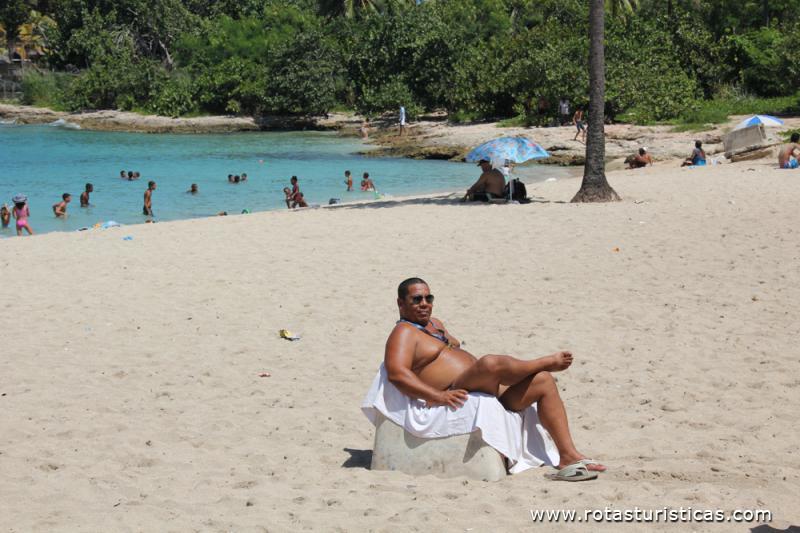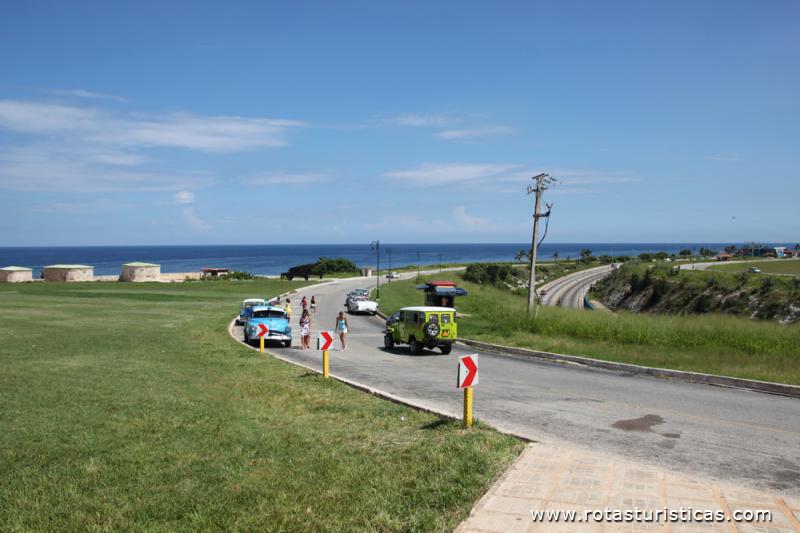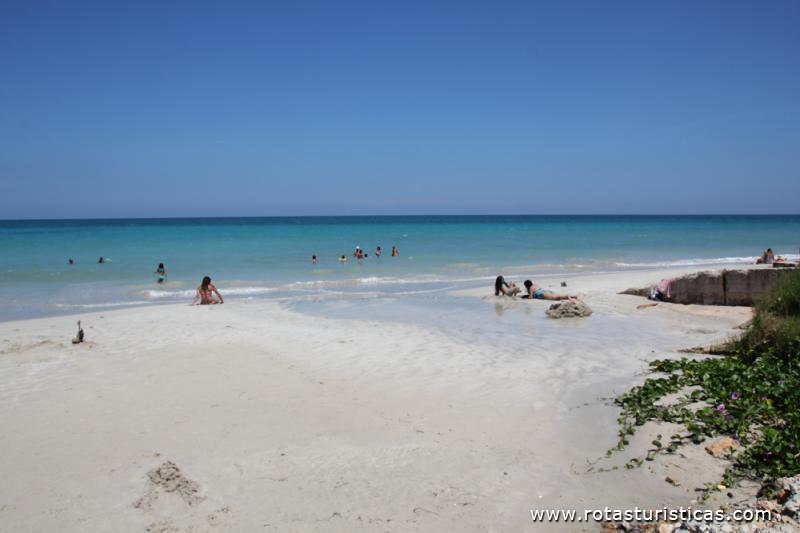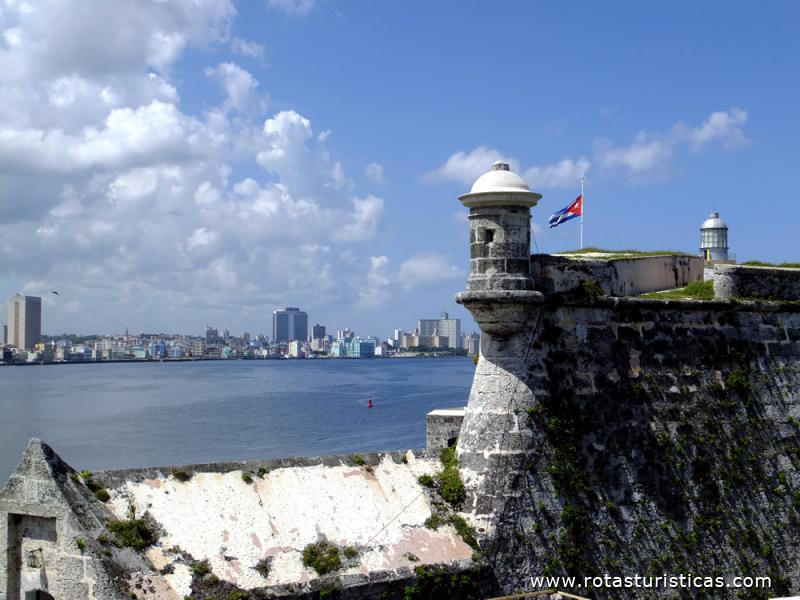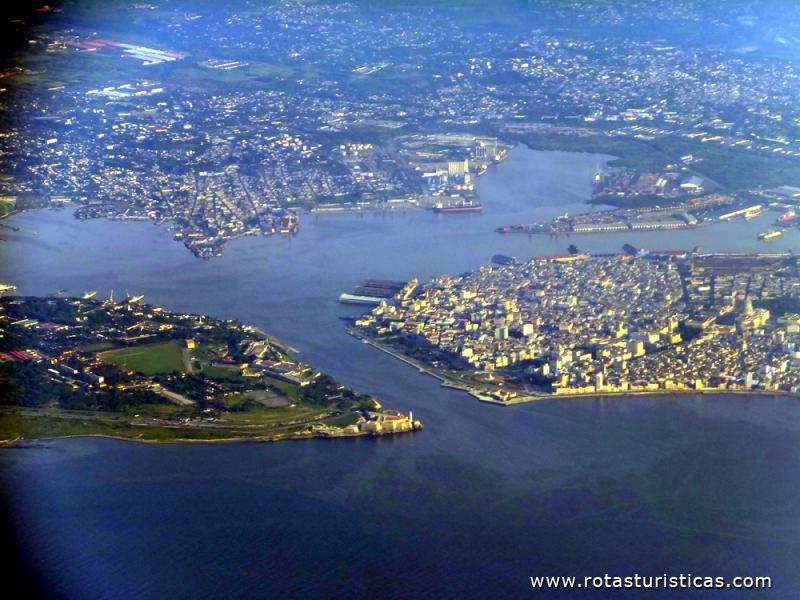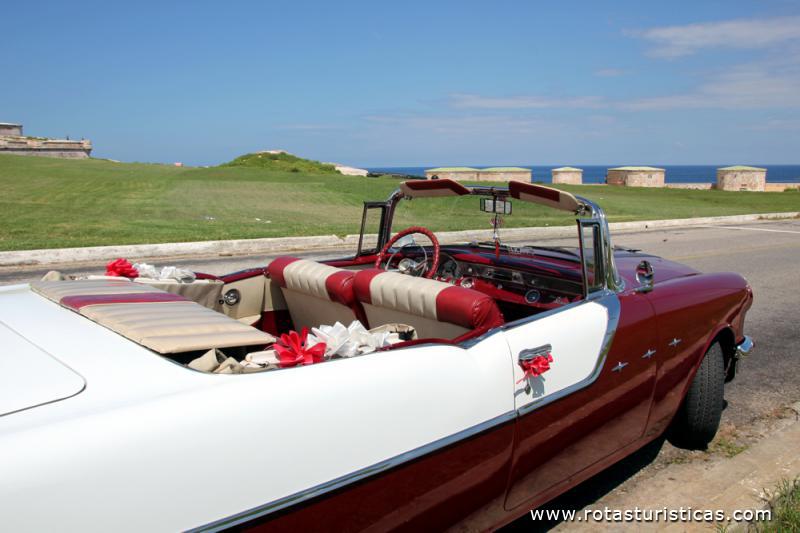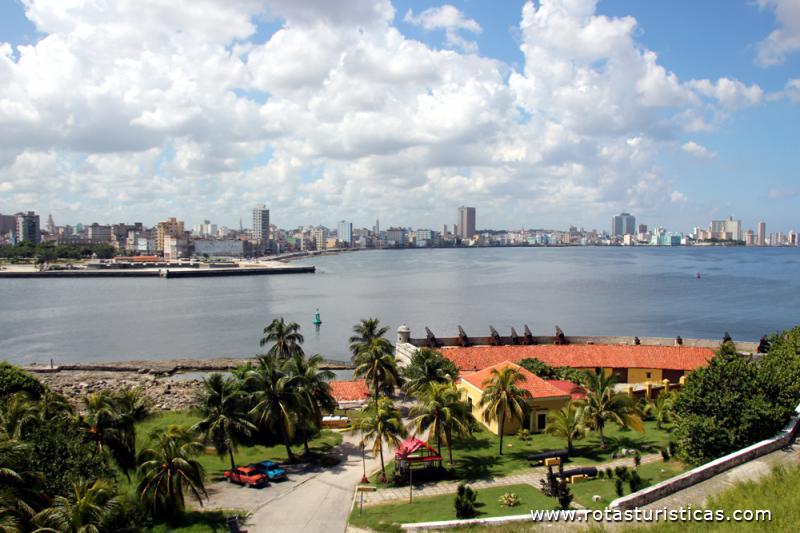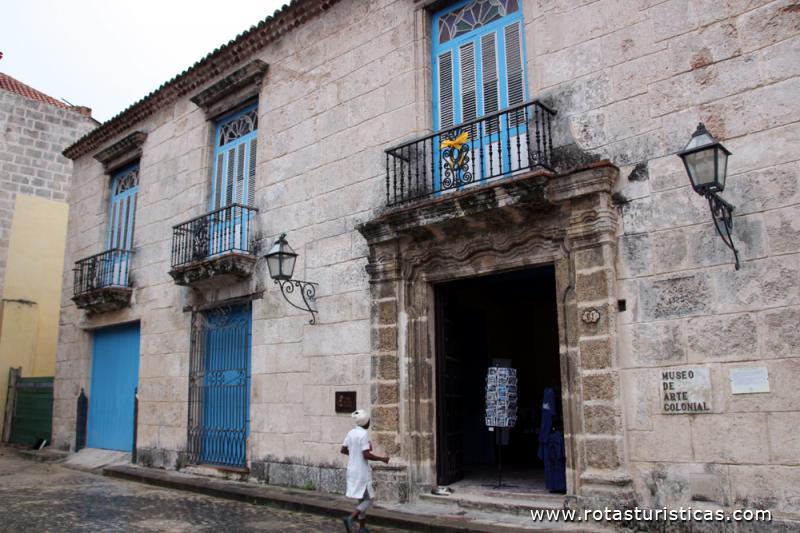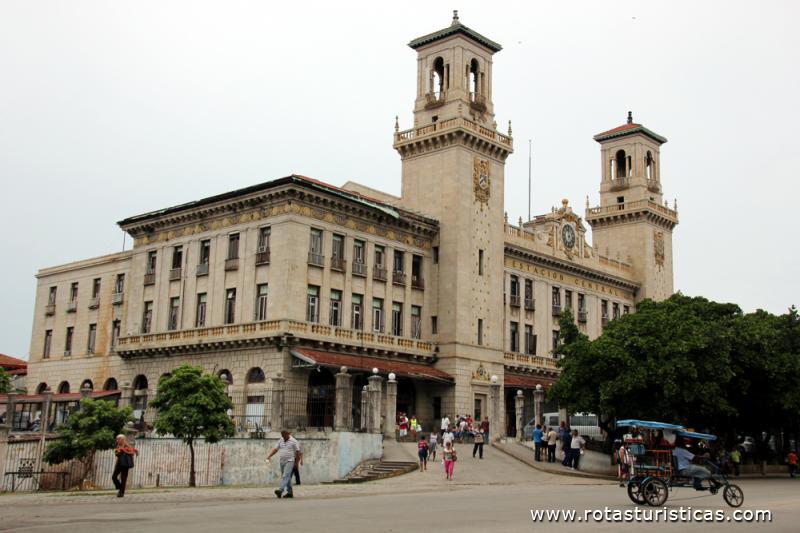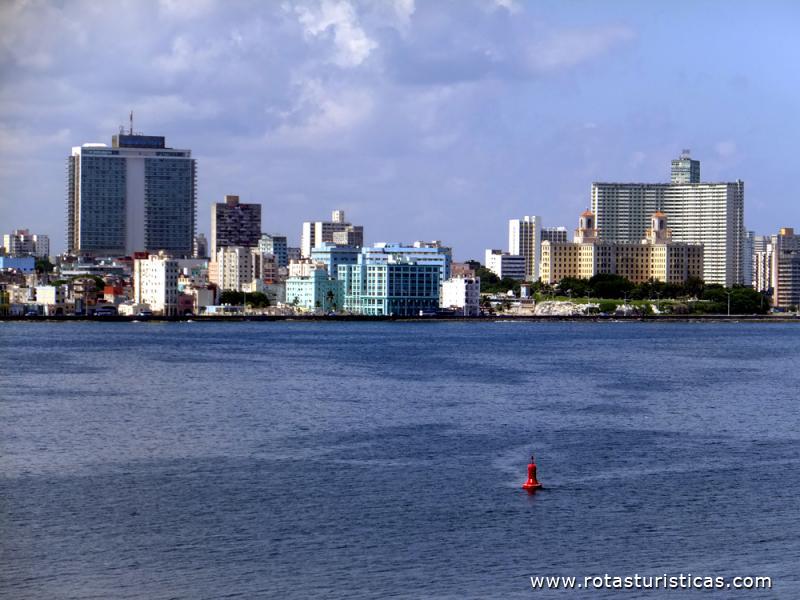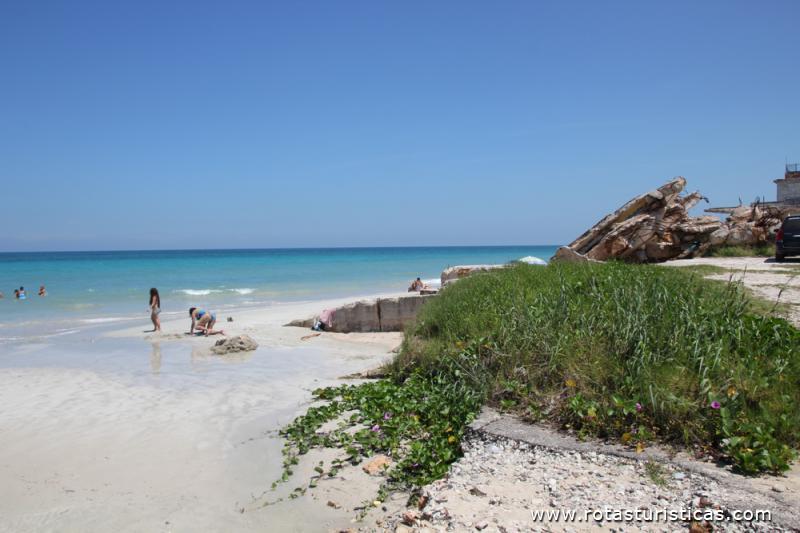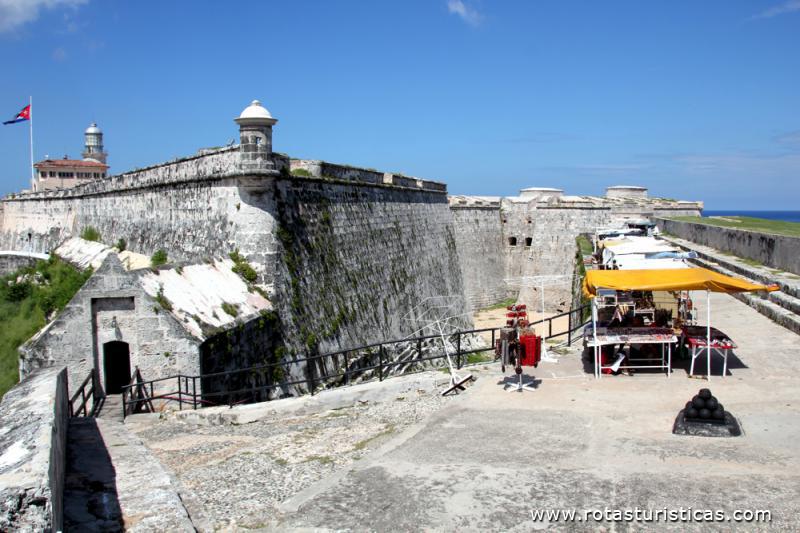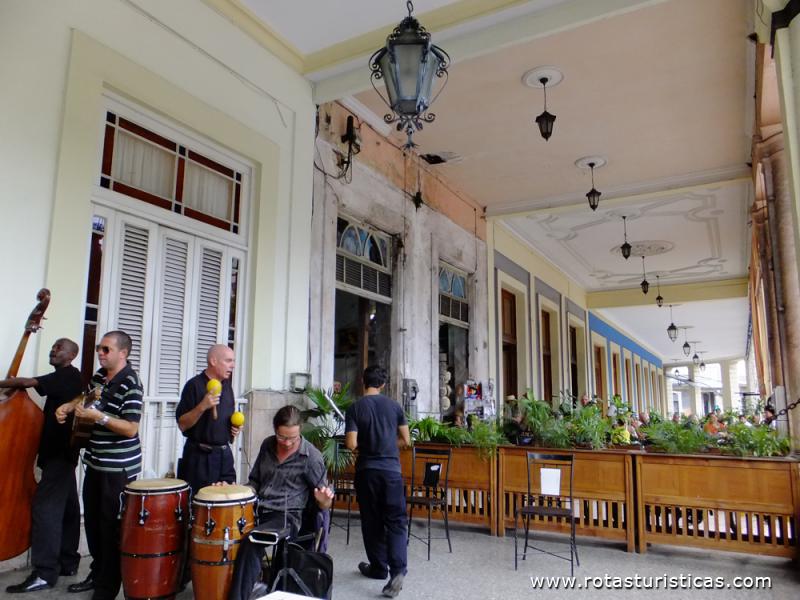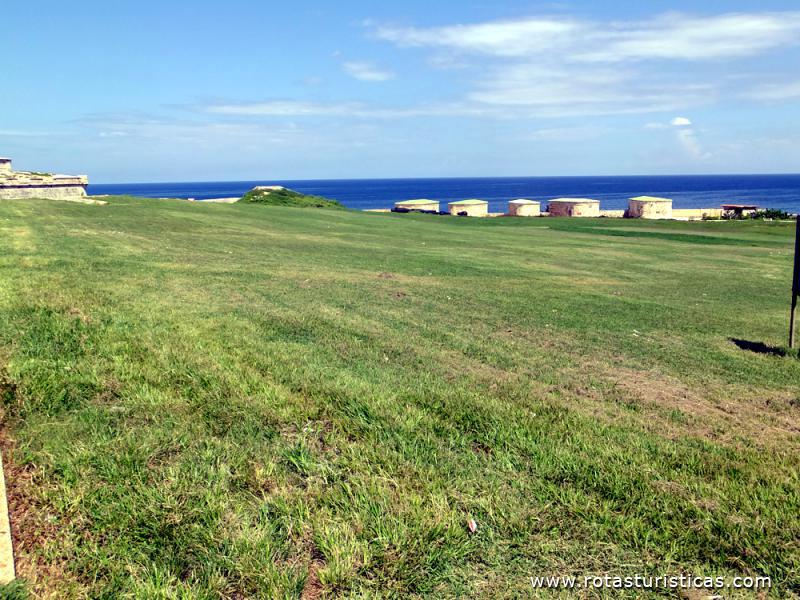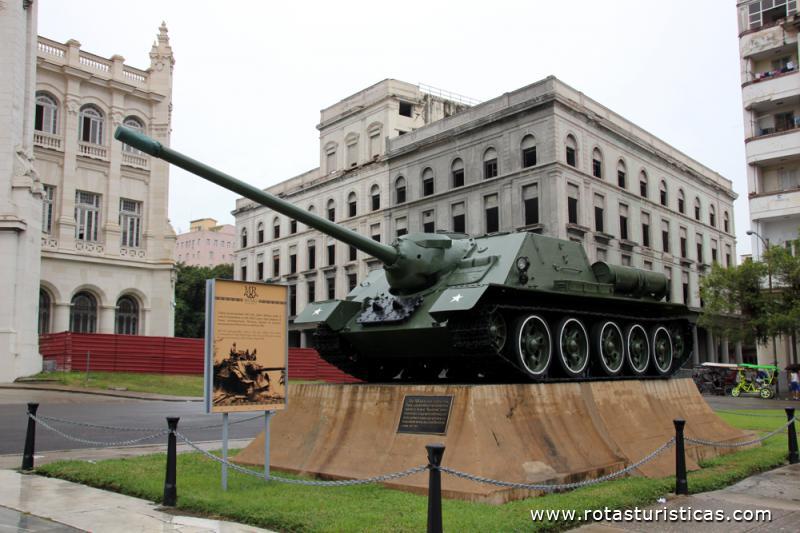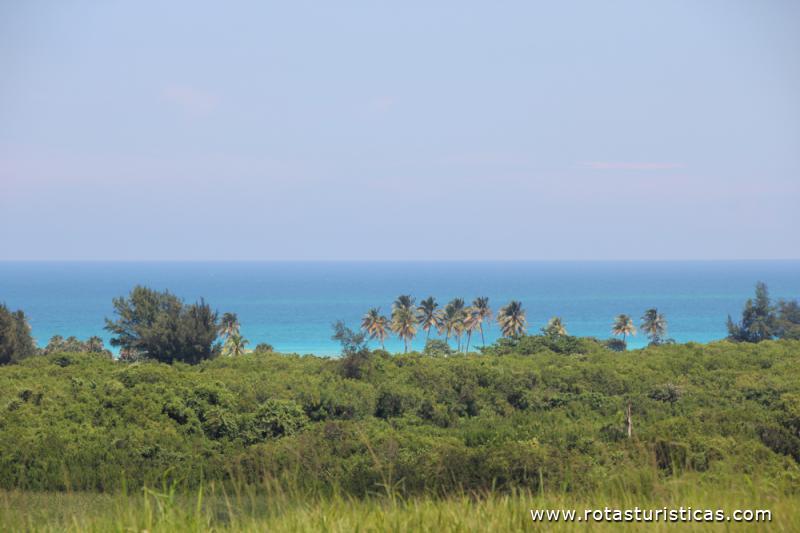Pictures of: Havana - Cuba
Location map
Airports
Hotels and other Accommodation
Golf Courses
What to visit
Where to Eat
Where to have fun
Consulates & Embassies
World Nomads
The Travel Insurance with the largest coverage

The Travel Insurance with the largest coverage

Havana
Today, Havana is the center of political, scientific and cultural life. Museums, theaters and concert halls, art galleries and cultural institutions are popular venues, while others such as the National Ballet of Cuba, House of the Americas, the New Latin American Cinema Foundation and National Folklore. Day and night, Havana continues to thrill visitors again.
The city's first building, overlooking the entrance to a protected bay, dates back to 1519. Originally named La Villa de San Cristobal de la Habana, the city became a storehouse of treasures that Spanish fleets brought to the New World. becoming the center of commerce and commerce between the old and new worlds.
Havana's strategic geographical position was a major factor in its rapid growth, and in its decision to build a sea wall in the 17th century. The wall was completed over 100 years later.
In 1982, Old Havana, the city's historic center, was declared a World Heritage Site by UNESCO.
The city's first building, overlooking the entrance to a protected bay, dates back to 1519. Originally named La Villa de San Cristobal de la Habana, the city became a storehouse of treasures that Spanish fleets brought to the New World. becoming the center of commerce and commerce between the old and new worlds.
Havana's strategic geographical position was a major factor in its rapid growth, and in its decision to build a sea wall in the 17th century. The wall was completed over 100 years later.
In 1982, Old Havana, the city's historic center, was declared a World Heritage Site by UNESCO.
Tourism
With an architectural heritage spanning over five centuries, La Vieja Hababa (Old Havana) is a virtual time machine of styles and techniques. While locals draw large crowds - Plaza de Armas (Havana's oldest square and on the site of the city's foundation), El Templete (Havana's oldest neo-classical building), Casa de la Obra Pia (notable for its curvilinear baroque portico, which was carved in Cadiz in 1686 and now houses an 18th century museum of furniture and goods) and the Covento de Santa Clara (a pre-baroque convent with its beautiful cloister of mud walls) - visitors are left with sure thrilled by the daily urban life.
One of Old Havana's most attractive streets is Obispo, which leads to the Plaza de Armas, along a route lined with shops, hotels, artists and musicians. Here, one passes by landmarks of Hemingway, the Amos Mundos Hotel, where in 1954 the Nobel Prize and author of, Whose Bells Bend, lived for several years, or in a not too distant bar, the sculptural resemblance of Ernest Hemingway supported at the counter, watching as dancers sway to Latin rhythms and enjoy the American author's favorite drink.
Today, the streets throb with the rumbling of old Chevrolets, Buicks and Plymouths that have survived since the moment Fidel Castro led the 1959 Communist Revolution.
Against the backdrop are the wide boulevards, narrow streets, and Spanish colonial buildings whose pastel shades of faded blue and green, or tired yellows, seem to add charm rather than age.
Venturing further, perhaps into a gleaming Pontiac of 1953, you can walk along the Malecon archway or pass the Hotel Nacional, which was built in 1930, when Cuba was a prime holiday destination for Americans and bandit owners. of the best properties in town.
The Havana Revolution Museum - housed in what was once the presidential palace - offers an intriguing insight into political events and also reflects on how Che Guevara, whose face is etched everywhere on Cuba, played his part in revolution by being attracted by Castro's idealism.
Cuba is the country that historically produces the best tobacco in the world, and Cuban cigars are handled by millions of tourists each year. Of the main cultivation areas, Vuelta Abajo (Pinar del Rio Province) and Vuelta Abajo (Villa Clara Province) are considered to have the best Vegas (small lots).
Havana, however, is the cigar city, the home of the Habano. This is where the Twist (lamination) takes place, turning the already dried and aged tobacco leaves into Habano cigars. Of the guided tours, the best is in the Partagas factory (Calle Industria No. 520, Between Dragones and Barcelona, Centro Habana).
One of Old Havana's most attractive streets is Obispo, which leads to the Plaza de Armas, along a route lined with shops, hotels, artists and musicians. Here, one passes by landmarks of Hemingway, the Amos Mundos Hotel, where in 1954 the Nobel Prize and author of, Whose Bells Bend, lived for several years, or in a not too distant bar, the sculptural resemblance of Ernest Hemingway supported at the counter, watching as dancers sway to Latin rhythms and enjoy the American author's favorite drink.
Today, the streets throb with the rumbling of old Chevrolets, Buicks and Plymouths that have survived since the moment Fidel Castro led the 1959 Communist Revolution.
Against the backdrop are the wide boulevards, narrow streets, and Spanish colonial buildings whose pastel shades of faded blue and green, or tired yellows, seem to add charm rather than age.
Venturing further, perhaps into a gleaming Pontiac of 1953, you can walk along the Malecon archway or pass the Hotel Nacional, which was built in 1930, when Cuba was a prime holiday destination for Americans and bandit owners. of the best properties in town.
The Havana Revolution Museum - housed in what was once the presidential palace - offers an intriguing insight into political events and also reflects on how Che Guevara, whose face is etched everywhere on Cuba, played his part in revolution by being attracted by Castro's idealism.
Cuba is the country that historically produces the best tobacco in the world, and Cuban cigars are handled by millions of tourists each year. Of the main cultivation areas, Vuelta Abajo (Pinar del Rio Province) and Vuelta Abajo (Villa Clara Province) are considered to have the best Vegas (small lots).
Havana, however, is the cigar city, the home of the Habano. This is where the Twist (lamination) takes place, turning the already dried and aged tobacco leaves into Habano cigars. Of the guided tours, the best is in the Partagas factory (Calle Industria No. 520, Between Dragones and Barcelona, Centro Habana).
Gastronomy
Havana's cuisine is based primarily on fried foods and meat, with its best known and most traditional dish being congri, which is based on fried rice, onions, beans and bacon.
Other typical dishes are Frijoles dormientes, a bean puree, and the traditional Moros y Cristianos, a mixture of rice and beans.
Other typical specialties of the region are Puerco asado the smoked, roasted or smoked pork and the popular Pollo a la criolla, which consists of a soup prepared with chicken and vegetables such as potatoes, tomatoes and onions.
In addition, one of the prime examples of this fusion of crops is Ajiaco, which consists of a soup made with corn and meat, including pork, chicken and beef.
As for desserts, it is common that after any of these delicacies local people eat a delicious Cocada and Meringues.
One of the main characteristics of Cuban desserts is the fact that the tendency is very sweet for some people.
Even coffee is served very sweet.
Other typical dishes are Frijoles dormientes, a bean puree, and the traditional Moros y Cristianos, a mixture of rice and beans.
Other typical specialties of the region are Puerco asado the smoked, roasted or smoked pork and the popular Pollo a la criolla, which consists of a soup prepared with chicken and vegetables such as potatoes, tomatoes and onions.
In addition, one of the prime examples of this fusion of crops is Ajiaco, which consists of a soup made with corn and meat, including pork, chicken and beef.
As for desserts, it is common that after any of these delicacies local people eat a delicious Cocada and Meringues.
One of the main characteristics of Cuban desserts is the fact that the tendency is very sweet for some people.
Even coffee is served very sweet.
Weather
Havana, like much of the Cuban archipelago, enjoys a pleasant year-round climate, which is tempered by the island's position at the waist of the trade winds and warm sea currents.
Average temperatures range from 72 ° F (22 ° C) in January to 82 ° F (28 ° C) in August. The temperature rarely drops below 10 ° C (50 ° F).
Precipitation is highest in October and weakest from February to April, averaging 1,167 mm per year.
Hurricanes occasionally sweep the island but usually hit the south coast, and damage in Havana is usually less than in the rest of the country.
Average temperatures range from 72 ° F (22 ° C) in January to 82 ° F (28 ° C) in August. The temperature rarely drops below 10 ° C (50 ° F).
Precipitation is highest in October and weakest from February to April, averaging 1,167 mm per year.
Hurricanes occasionally sweep the island but usually hit the south coast, and damage in Havana is usually less than in the rest of the country.
Other tourist destinations in:
Cuba
Cuba
Other world tourist destinations
Why to book with BOOK HOTEL LISBOA
The best prices
Our partnerships with the world´s largest operators offer research on the best market prices.
More options
At Rotas Turisticos you can book the hotel, buy the air ticket, book the transfer from the airport to the hotel and vice versa, book the local excursions, rent the car, take travel insurance and consult the places to visit and where to go.
Holiday Tips & Destinations
Hundreds of holiday destinations with all the options that allow you to easily choose the destination that best suits your dream vacation.
BOOK HOTEL LISBOA
Links

